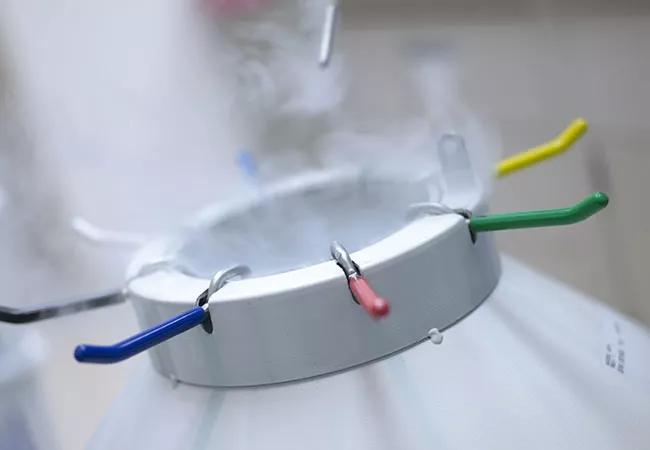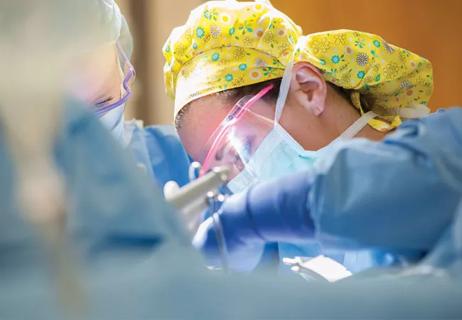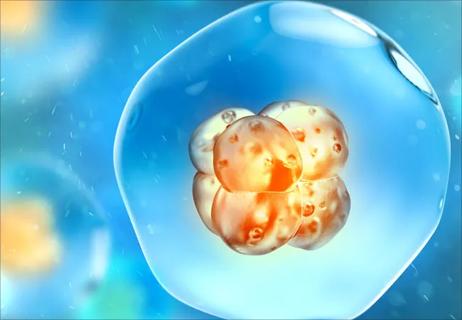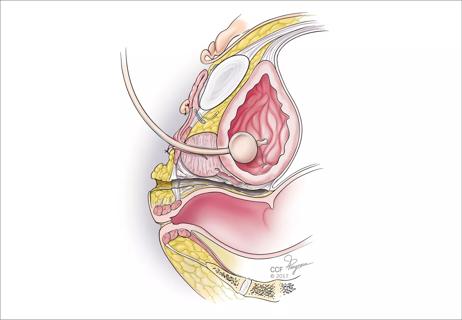Advertisement
Findings portend better outcomes with IVF

By Nina Desai
Advertisement
Cleveland Clinic is a non-profit academic medical center. Advertising on our site helps support our mission. We do not endorse non-Cleveland Clinic products or services. Policy
Achieving optimal timing to synchronize the growth rate of fresh embryos with endometrial receptivity is difficult to accomplish. The use of frozen embryos allows flexibility in preparing the endometrium prior to transfer. Indeed, numerous reports citing better endometrial receptivity with frozen versus fresh cycles have led to a major paradigm shift in IVF cycle management.
A myriad of factors can contribute to the success of frozen blastocyte transfers, yet many questions about these factors remain unanswered or unclear. We conducted a retrospective study to identify the features of vitrified-warmed blastocysts that are independently predictive of successful pregnancy and live births. We assessed the outcomes of 358 consecutive vitrification-warming cycles resulting in 354 transfers. Primary outcomes were rates of clinical pregnancy and live birth.
As we published in Fertility and Sterility, the survival rate of transferred blastocysts was 95 percent. A mean of 1.7 ± 0.5 embryos were transferred. The implantation rate per embryo transferred was 43 percent, with 55 percent of patients (n = 193) achieving clinical pregnancy. The live birth rate was 46 percent (n = 201 infants delivered).
The features of vitrified-warmed blastocysts that impacted clinical pregnancy and live birth are elucidated below.
* Transfer of blastocysts developing by day 5 produced higher pregnancy rates than those developing by day 6.
The odds of clinical pregnancy and live birth were three times higher with day 5 blastocysts, compared with slower-growing day 6 vitrified blastocysts, irrespective of patient age at cryopreservation. The implantation rate was significantly higher for day 5 (50 percent) versus day 6 (29 percent) vitrified blastocysts. Delayed blastulation had a significant negative impact on achieving pregnancy (40 percent vs. 65 percent), as well as live birth rate (32 percent vs. 58 percent).
Advertisement
* Multinucleated embryos may produce viable blastocysts, but these blastocysts are less likely to result in live birth.
Blastocysts formed from multinucleated embryos were only half as likely to result in a live birth.
Multinucleation observed during the early cleavage stage has historically been used to deselect embryos for fresh transfer. To understand the reproductive competence of these embryos, our lab has cryopreserved and tracked all good-quality blastocysts arising from multinucleated embryos and monitored them with time-lapse microscopy. We found that 25 to 30 percent of zygotes display multinucleation fleetingly during early cleavage, yet go on to form high-grade blastocysts. Because these multinucleated embryos have the potential to develop, they should not be discarded. However, it should be acknowledged that their implantation potential is lower.
* Transfer of an expanded blastocyst greatly increases the likelihood of a live birth.
A four-fold increase in live births was observed when an expanded blastocyst was available for transfer. Blastocyst re-expansion grade was highly predictive of outcomes independent of inner cell mass (ICM) or trophectoderm score.
* ICM: trophectoderm score correlated to positive outcomes in the univariate analysis.
An increase from 1 to 3 in trophectoderm score was indicative of a poorer grade blastocyst and significantly reduced pregnancy and live birth rate. Increasing ICM score indicated either the absence of an ICM or inability to visualize the ICM, resulting in lower odds of both pregnancy and live birth.
Advertisement
We found the single most important factor correlating to blastocyst implantation in frozen embryo transfer cycles was the degree of expansion before transfer. This was independent of the day of blastocyst formation. Grade 3-4 blastocysts formed by day 5 were four times as likely to result in a live birth, compared to a similarly graded, slow-growing, day 6 blastocyst.
This information has practical value. It might make sense for a laboratory to freeze all day 5 embryos singly due their high implantation rates, and all day 6 blastocysts in pairs to save technician time and freezer space.
Blastocysts from multinucleated embryos should be clearly identified and cryopreserved apart from nonmultinucleated counterparts.
Decision-making regarding single or double embryo transfer in a subsequent frozen cycle may benefit from considering the implantation potential of the frozen blastocysts available. Ultimately, perinatal outcomes may be enhanced by the adoption of a policy of performing elective single-embryo transfers in frozen-embryo transfer cycles in when day 5 expanded blastocysts with no multinucleation are available for transfer.
Advertisement
Advertisement

Deprivation is linked to impaired glucose intolerance and racial disparities

Artesunate ointment is safe well and tolerated patients with vulvar intraepithelial neoplasia

A case-based discussion of efficacy, eligibility and use

Workshop curriculum was valued by some, while others would have preferred time for themselves

Study finds lower incidence of endometriosis than in cisgender patients

Large randomized study compares embryo growth kinetics and live birth rates between culture media

Surgeon experience is key to reducing adverse events

Introducing Laura Detti, MD, newly appointed Chair of the Department of Subspecialty Care for Women’s Health